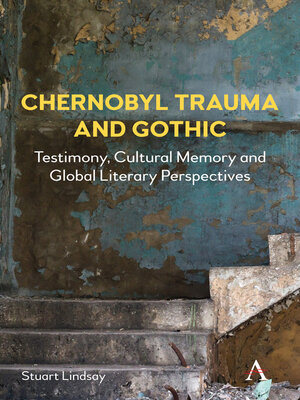Chernobyl Trauma and Gothic
ebook ∣ Testimony, Cultural Memory and Global Literary Perspectives · Anthem Studies in Gothic Literature
By Stuart Lindsay

Sign up to save your library
With an OverDrive account, you can save your favorite libraries for at-a-glance information about availability. Find out more about OverDrive accounts.
Find this title in Libby, the library reading app by OverDrive.



Search for a digital library with this title
Title found at these libraries:
| Library Name | Distance |
|---|---|
| Loading... |
This scholarly monograph examines the concept of Chernobyl trauma by situating it at the interface of clinical diagnoses of survivors' Post-Traumatic Stress Disorder, their expressions of this trauma in published testimonials translated into English, and through English-language literary explorations of contemporary Soviet trauma. It establishes a new perspective on the intergenerational and international reception of the nuclear disaster, one shaped by Soviet cultural memory as well as Science Fiction and the literary aesthetics of the Gothic. The monograph analyses first-generation Chernobyl survivors' imaginative reconstruction of events through testimony in the face of the Soviet Party's attempts to sublimate the narrative of the disaster into an official account. It also discusses the ways in which a second generation represents inherited, traumatic memory through a literary diaspora of Chernobyl and Soviet-Kazakh Semipalatinsk nuclear trauma, and how English-speaking writers not personally involved in the disaster engage in its memorialisation through discourses of horror and collective mourning.







